L’Oréal and UNESCO Award Women Physicists $500 000
DOI: 10.1063/1.1570763
This year’s “for women in science” awards by cosmetics giant L’Oréal and the United Nations Educational, Scientific and Cultural Organization (UNESCO) recognize lifetime achievements by women in condensed matter sciences. The awards are in their fifth year, but this is the first time they’ve rewarded work in the physical sciences. The awards were also increased fivefold this year, with five women from five continents each receiving $100 000.
“It seems to me that giving due recognition to women scientists can create a useful psychological shock,” Nobel laureate Pierre-Gilles de Gennes, who served as president of the awards committee, said in a statement when the winners were selected. Women are “often more perceptive” than men and they “know how to stand by” someone whose morale is flagging, de Gennes said of women in their capacity as research group leaders. “Men are not so good at this.” He added that “women know better than men how to preserve the freedom of student researchers. The result is that their students are more mature.”
The awards were bestowed at UNESCO’s Paris headquarters on 27 February.
L’Oréal laurels
In North America, L’Oréal and UNESCO honored Johanna Levelt Sengers, an emeritus scientist at NIST in Gaithersburg, Maryland, for her application of scaling laws to fluids near their critical points (see the historical article she coauthored with her brother in Physics Today, December 2002, page 47
Ayse Erzan, a statistical physicist at Istanbul Technical University in Turkey, is this year’s laureate for Europe. After completing her studies in the US—she holds a bachelor’s degree from Bryn Mawr College and a PhD from SUNY at Stony Brook—Erzan went home to Turkey, only to leave a few years later in the wake of a military coup. That launched an itinerant decade, during which she worked at institutions in Switzerland, Portugal, Germany, the Netherlands, and Italy before returning to Turkey in 1990. Over the course of her career, Erzan has studied phase transitions and scaling behavior in a slew of complex systems: spin glasses, fractal growth models, sand piles, charge density waves, surface catalysis, earthquakes, and, recently, biologically motivated problems such as protein folding and the evolution of sexual reproduction.
Mariana Weissmann of Argentina is the awardee in Latin America. A senior researcher at the Atomic Energy Commission in Buenos Aires, Weissmann does theoretical and computational modeling of disordered materials. She was the first woman to be elected to her country’s National Academy of Exact Sciences. Over the past 30 years, she has calculated electronic, magnetic, and transport properties of interfaces, clusters, and other nonperiodic systems. Recently, she and her group have been using quantum molecular dynamics methods to study the motion of atoms on silicon surfaces and the stability and fragmentation of doped fullerenes. Like Erzan’s, Weissmann’s early career was interrupted by military coups. Weissmann resigned from the University of Buenos Aires, along with nearly 1000 other professors, in 1966. She left the country for Chile, returned, and left again after the 1976 coup—this time spending two years in Venezuela. She returned to Argentina, but not to her early studies on ice defects, which had been motivated by local interest in cloud seeding and hail growth. “The subject of hail prevention has gone out of fashion,” Weissmann says. “The lesson I learned from this experience is that applied research is much harder in the less developed world.”
In Asia, L’Oréal and UNESCO honored Fang-hua Li of the Institute of Physics in Beijing, China, for her electron microscopy studies of crystals and quasicrystals. The foundation of much of Li’s work is the pseudo weak-phase object approximation, which she developed in the 1980s. This theory provides a basis for the interpretation of EM imaging of crystals up to about 100 Å—thicker than previously possible—and for combining high-resolution EM with diffraction crystallography to obtain better resolution images and pinpoint the positions of smaller atoms. Thus armed, Li and her colleagues have studied high-temperature superconductors and semiconductors. For a decade during the cultural revolution, scientific research ground to a halt in China. In terms of equipment, Li’s lab is still coming up to speed: This year she is getting her first new electron microscope in 22 years. “In the past two years, conditions have become much better,” she says. “The government can afford to spend more on science than before.”
Egypt’s Karimat El-Sayed is the awardee in Africa. El-Sayed specializes in crystallography as a probe of material structures and properties. Her most important work to date, she says, was showing, at the atomic level, how diffusion of oxygen into semiconductors alters the material’s electrical response. Her other work includes showing that kidney stones grow in layers of crystalline calcium oxalate oriented by alternating layers of organic material, and studying the structure and behavior of compounds extracted from Egyptian medicinal plants. El-Sayed earned her PhD in the UK, and then joined the physics faculty at Ain Shams University in Cairo, where, as the first scientist in her field, she says, “I have faced many difficult situations—lack of money, books, and equipment. I have worked in a very difficult atmosphere.”
Prize plans
The L’Oréal laureates are still hatching plans for their prize money. Most say they will split it between personal and research uses. El-Sayed, for example, plans to create several awards for young scientists, including one for new female PhDs in condensed matter physics. The rest, she says, she will spend on her research, her children, and a new apartment.
Next year, the awards will revert to the life sciences, but it’s undecided how they’ll be distributed in future years. The L’Oréal–UNESCO “for women in science” program also awards fellowships to young researchers. The fellowships were increased in both number and value this year—15 fellowships worth $20 000 each were bestowed in 2003—but so far have remained limited to the life sciences.

MICHELINE PELLETIER/CORBIS SYGMA
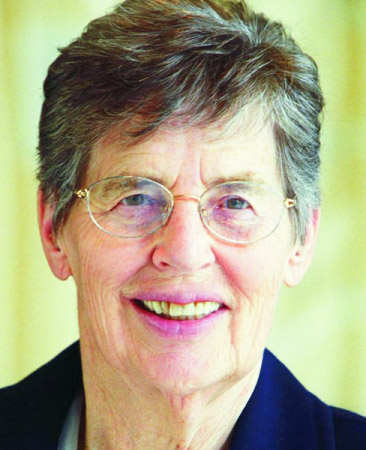

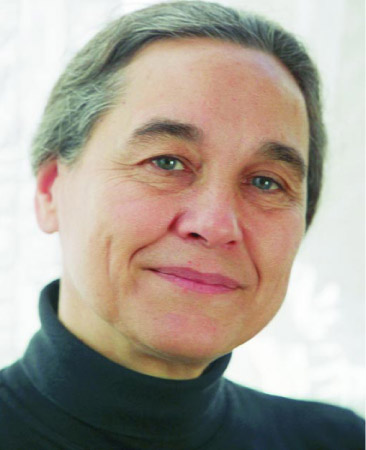

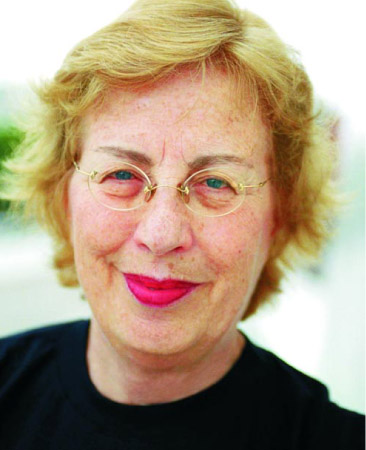

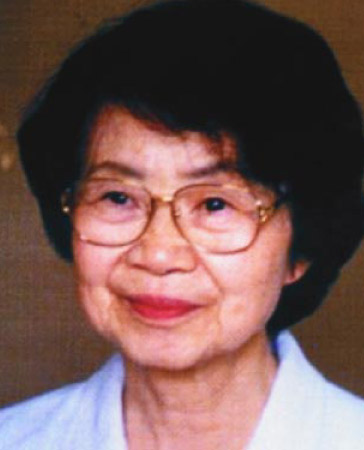

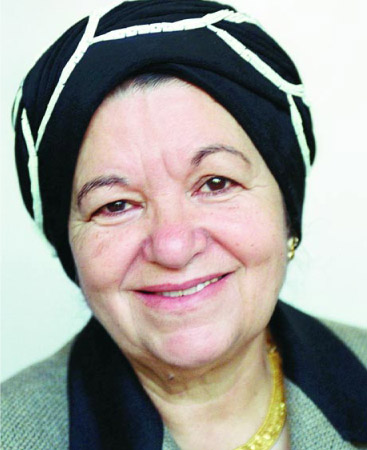
More about the Authors
Toni Feder. American Center for Physics, One Physics Ellipse, College Park, Maryland 20740-3842, US . tfeder@aip.org
